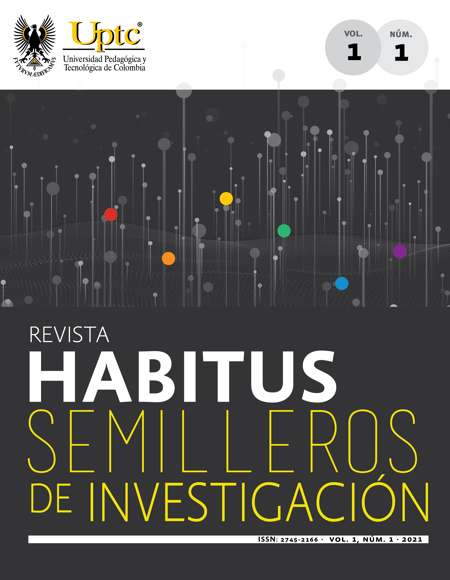Marketing strategies for Colombian artisans in international markets

Abstract
The objective of this article is to propose alternatives for the marketing of products from the Colombian handicraft sector in international markets by identifying the Colombian handicraft sector and its participation in those markets. This preliminary study will allow strategies that would enhance the handicraft sector to be established. A non-experimental, descriptive, and documentary style methodological design was used. As a result, it was found that artisans have issues such as a lack of financial resources for the implementation of new technologies and training to fully understand the current market and its future interests. The study found that in order for artisans to have more opportunities to enter international markets and strengthen the sector, they must innovate, participate in events with fewer requirements, and create a company to have greater opportunities.
Keywords
handicrafts, marketing, distribution
References
Artesanías de Colombia (2019a). Caracterización del Sector Artesanal 2019. Artesanías de Colombia. http://www.artesaniasdecolombia.com.co:8080/PortalAC/C_sector/caracterizacion_81
Artesanías de Colombia (2019b).Panorama artesanal ilustrado https://artesaniasdecolombia.com.co/Documentos/Contenido/34583_panorama_artesanal_ilustrado.pdf
Artesanías de Colombia (2019c) Manual de participación. https://artesaniasdecolombia.com.co/Documentos/Contenido/30932_mp_general_ea2019.pdf
Artesanías de Colombia (2020). Sistema de información estadística de la actividad artesanal SIEAA. http://200.93.168.133:10001/sieaa/index_def.php
Badilla, B., López, L., Monge, A., Montealegre, M., Rojas, P., & Villaobos, E., (2003). Manual de mercadeo para artesanos. http://www.kerwa.ucr.ac.cr/bitstream/handle/10669/11170/manual%20de%20mercadeo.pdf?sequence=2&isAllowed=y
Bernal, C. (2010). Metodología de la investigación. (3a. ed.). Pearson Educación
Beleño, C., & Serrano, D. (2018). Diagnóstico del sector artesanal en Bogotá. https://repositorio.artesaniasdecolombia.com.co/bitstream/001/4206/1/INST-D%202018.%2012.pdf
Castro F., & Delgado, M. (1999). Innovación tecnológica, estrategia corporativa y competitividad en la industria cubana. Revista de dirección, organización y administración de empresas, 22, 14-27.
Cámara de Comercio de Bogotá. (s.f.). Clúster Bogotá joyería y bisutería. https://www.ccb.org.co/Clusters/Cluster-de-Joyeria-y-Bisuteria/Sobre-el-Cluster/Quienes-somos
Connect Americas (s.f). La exportación de artesanías, una oportunidad para América Latina. https://connectamericas.com/es/content/la-exportaci%C3%B3n-de-artesan%C3%ADas-una-oportunidad-para-am%C3%A9rica-latina
Domingo, J. (2018). Artesanía de Guatemala: herencia de dos culturas. https://lagartorojo.es/2018/08/26/artesania-de-guatemala-herencia-de-dos-culturas/
Expoartesanias. (2019). Manual de participación. https://expoartesanias.com/pdf/manual-de-participacion-2020-tradicionales-y-contemporaneos.pdf
Hernández, R. (2014). Metodología de la investigación (6ª ed.). Mc Graw Hill
Procolombia. (s.f.). Fortalecimiento del sector artesanal colombiano. https://procolombia.co/compradores/es/explore-oportunidades/sector-artesanal
Procomer Costa Rica exporta. (s.f.). ¿Qué es Procomer?. https://www.procomer.com/sobre-nosotros/
Red Clúster Colombia. (s.f.). Clúster Bogotá joyería y bisutería. https://redclustercolombia.gov.co/initiatives_f/58/show-initiatives
Sánchez, P., & Castrillo, R. (2006). La Tercera Edición Del Manual De Oslo: Cambios E Implicaciones. Una Perspectiva De Capital Intelectual. Revista i+d, 35(1). 1-16.
Sebrae. (s.f.). Servicio brasileño de apoyo a las micro y pequeñas empresas. https://www.sebrae.com.br/sites/PortalSebrae/sebraeaz/sebrae-nos-estados,9fd0587c5268f610VgnVCM1000004c00210aRCRD
